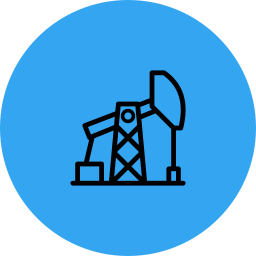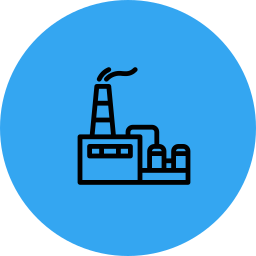Crude Oil Trading

History
Dating back to the mid-19th century, crude oil trading has a fascinating past. In Pennsylvania, USA, the commercial drilling of oil ignited the oil boom in 1859. Crude oil has over the years become an important commodity in world economy leading to formation of major exchanges such as New York Mercantile Exchange (NYMEX) and International Petroleum Exchange (IPE).

How It Works
Primarily through futures and options, crude oil trading is buying and selling of oil contracts. Traders speculate on how prices for future oil will change. Futures contracts allow traders to buy or sell oil at a specified price at some date in the future. Options are used when one intends to purchase or sell oil before the contract dies off at a given price level. This way merchants can protect their investments from risks or make money when markets move.

How Profit is Generated
Price speculation is what drives profits in crude oil trading. As traders buy low and sell high taking advantage of market volatility, traders capitalize on this volatility. Well-informed investors accurately forecast price movements by studying market trends; geopolitical events; supply-demand dynamics among other factors. Despite increasing risks, potential profits grow with adoption of financial instruments like futures as well as options for leverage purposes only.

Industry Total Net Worth
The crude oil trading sector is a high-value industry. The world’s crude oil market has been estimated to be valued at trillions of dollars. Multinational oil companies, investment banks and traders are some of the major participants in the game. According to recent estimates, its worth is about $5 trillion, indicating how it remains essential within the global economy.